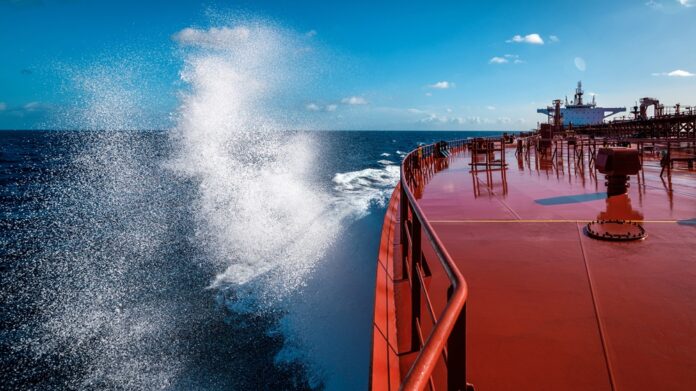AET, a leading global owner and operator of crude and product tankers, has signed shipbuilding agreements with Samsung Heavy Industries (SHI) for the construction of two LNG dual-fuel Suezmax tankers.
The vessels will further expand AET’s growing dual-fuel fleet operating worldwide. With these orders, AET will have dual-fuel capability in all the tanker sectors it operates in – Aframaxes, Shuttle Tankers, Suezmaxes and Very Large Crude Carriers (VLCCs). The orders reflect AET’s continued investment in cleaner and more energy-efficient shipping solutions, and its commitment to advancing the maritime industry’s transition towards lower-carbon operations in support of global net-zero goals.
Each vessel will feature advanced technologies to enhance efficiency and environmental performance, including:
- Everllence 6G70ME-C10.5-GI main engine, designed for fuel efficiency and to minimise methane-slip.
- SVESSEL Intelligent Smart Ship Solution, enabling real-time monitoring and data-driven optimisation of performance and safety.
- SAVER Stator-D (Duct), SARB (Rudder Bulb) and SAVER-Fins to enhance hydrodynamic efficiency and reduce fuel consumption.
- Variable Frequency Drive (VFD) systems and a hybrid vertical bow design that further improve propulsion efficiency and lower emissions.
LNG is one of several alternative fuel pathways AET is pursuing, alongside ammonia and other emerging low-carbon fuels, as part of its Energy Transition Strategy. When operating on LNG, by design dual-fuel vessels can emit between 14% to 23% less greenhouse gases (GHG) on a well-to-wake basis than those using conventional marine fuels, while significantly reducing particulate matter (PM), sulphur oxides (SOₓ) and nitrogen oxides (NOₓ)1.
In addition to these savings, LNG from alternative feedstocks namely Bio-LNG and e-LNG offer a long-term and scalable solution to deep decarbonisation for the industry. These forms of LNG while nascent in their use as marine fuel offer significant incremental GHG emissions savings beyond (fossil) LNG based savings and utilise the same infrastructure2.
Nick Potter, President & CEO of AET, said: “This marks another important step in building a more sustainable fleet and supporting our customers’ decarbonisation ambitions. With these newbuilds, our dual-fuel fleet will grow to 18 vessels3, a clear demonstration of the progress we’re making in delivering more energy with less emissions.
Through continued collaboration with industry partners, we’re investing in technologies that deliver lower-carbon energy solutions today while keeping firmly on course towards a 40% reduction in greenhouse gas emissions intensity by 2030 as part of our Energy Transition Strategy.”

